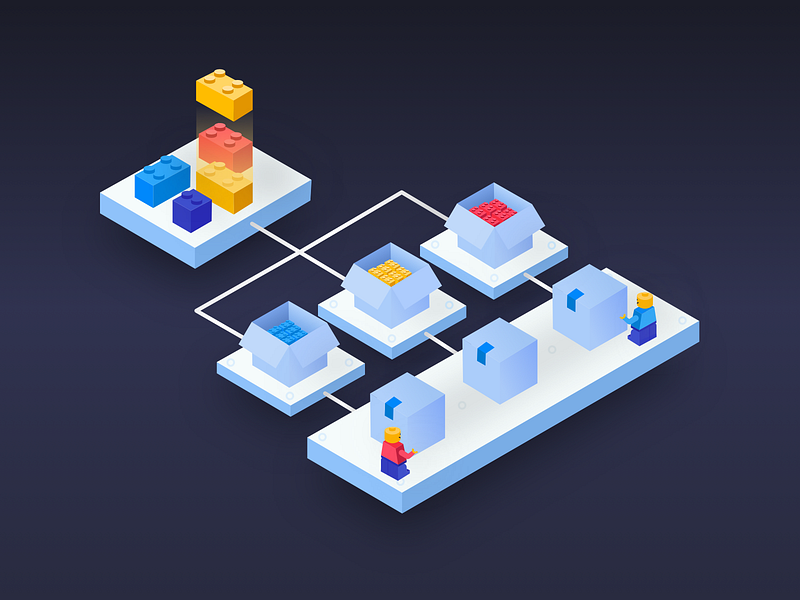My Experience With Micro Frontend Architecture
November 08, 2023
views

Exploring Micro Frontend Architecture
In my most recent project, I had the chance to collaborate on a web application that employed a micro frontend architecture. Prior to this project, my experience had been primarily with more traditional monolithic architecture. Thus, I was enthusiastic about exploring the possibilities within this new codebase.
Upon delving into the project, it became evident that micro frontends had more to offer than I initially anticipated. Over the course of a year, I accumulated experience in working with micro frontend setups and came to appreciate the advantages they offer in project development. Simultaneously, I encountered the potential disadvantages of using a micro frontend architecture.
What is Micro Frontend Architecture?
Micro frontend architecture is an approach that involves dividing a web application into distinct work stacks, each developed comprehensively. This means that a single web application comprises multiple codebases, each responsible for managing different aspects or features of the application, ranging from the user interface to the database. This approach differs from the traditional monolithic architecture, where a single unified codebase oversees the entire application.
Why Opt for Micro Frontend Architecture?
In my experience, micro frontend architecture proves highly beneficial for larger development teams. Improved organization is one of the primary advantages it offers. When collaborating with a large team, coordination becomes increasingly challenging as the team size and the number of locations involved grow. Additionally, as a single repository becomes more crowded, avoiding conflicts in the code becomes harder. Micro frontends address these challenges by allowing teams to be organized based on the separate features of the application, giving each team full control over its stack.
This approach enhances the internal efficiency of individual teams since they work with smaller, more isolated codebases, and their objectives are better defined. Moreover, it enables teams to implement changes to the system without affecting the entire system since the work of one team generally does not directly impact another team's codebase. Another advantage of this separation is project ownership. With the application divided into fully stacked features, each team assumes a distinct role in the project's development, providing developers with a sense of ownership over a specific portion of the system.
Potential Drawbacks of Micro Frontend Architecture
Micro frontend architecture can also introduce challenges for developers. Despite each team working independently, the project necessitates coordination and communication across teams, especially when changes in one micro frontend can affect others. Team members must manage interactions between different parts of the frontend, which can be inherently complex. Additionally, understanding the system as a whole can be more challenging for developers who lack experience with micro frontend architectures. Performance overhead may also be observed due to the need for internal communication within the micro frontends.
Was It a Worthwhile Choice?
While this approach added complexity to the application and required careful interaction between teams, I believe our project benefited from adopting a micro frontend architecture. As mentioned earlier, our project involved a development team spread across multiple locations. The ability to have our teams work asynchronously toward a common goal and assign specific responsibilities within their respective codebases contributed to a well-structured development process.
As a newcomer to this architecture, it took time to adapt and comprehend the necessary interactions between the separate micro frontends. However, this learning curve did not diminish the overall development experience or efficiency. On the contrary, it underscored the value of having a well-defined architecture that aligns with the specific needs of a given project.